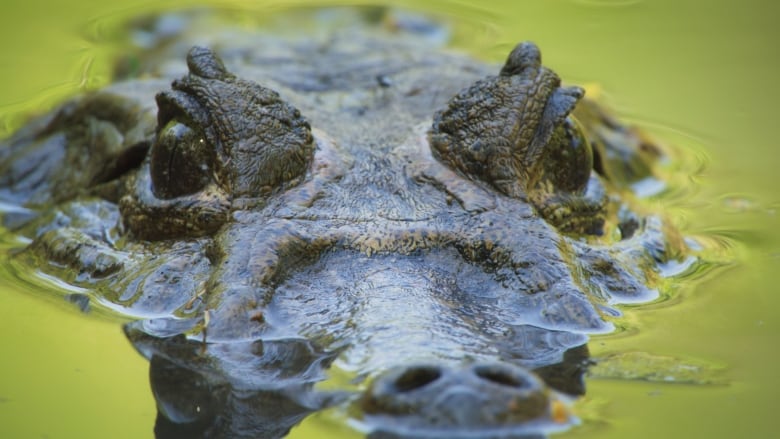
In a South American swamp, a broad-snouted caiman floats along a river on a hot day. She’s not only looking for prey, but listening closely for the calls of her babies. High up on the bank, a mound of peat covers her precious eggs.
From within its shell, a young caiman calls out to its brothers and sisters. One by one, the babies begin chirping from inside their eggs, encouraging one another to emerge; their chances of survival are higher if they hatch simultaneously.
Using sound to synchronize themselves, the baby caimans hatch from their eggs almost in unison. But once they’ve hatched, the very nest that protected them as eggs can quickly become a tomb if they don’t escape.
On their own, they can barely be heard through the peat. But chirping together again, the odds are in their favour.
In this clip from Finding a Voice, the third episode of Secret World of Sound, a series from The Nature of Things, baby caimans use a chorus of sound to signal to their mother that they are ready to enter the world.
Often thought of as cold-hearted predators, caimans are actually very caring mothers. Crocodilians are closely related to birds and dinosaurs, and they stick around to care for their babies.
From the river, the mother caiman hears a sound she has waited nearly 70 days for. Scaling the riverbank, she reaches the nest and drives her snout into the mound, using it like a shovel to push the dirt and debris aside. One by one, she picks up the first babies to emerge and takes them down to the water.

The last to surface are sometimes left behind. With the nest now open, they can escape on their own — but they have no idea where their mother is. That is, until they hear their siblings call out.
Guided by the very same chirps that saved them in the nest, the stragglers scramble through the mud and leaf litter to the safety of the water and the protection of their mother.
Sound has guided them on the first and possibly most hazardous journey of their lives.
Watch the video above for the full story.






